Imo Shochu, a traditional Japanese spirit, is an important part of Japan’s culture. Crafted primarily from sweet potatoes, this distilled liquor embodies a centuries-old tradition of meticulous craftsmanship. Imo Shochu is celebrated for its smooth and versatile flavor profile, ranging from earthy and sweet to subtly fruity notes. Imo Shochu is a delicious taste of Japan’s heritage. You can enjoy it straight up, on the rocks, or in cocktails. Locals and global enthusiasts can savor the essence of this iconic Japanese spirit.
What is Imo shochu?
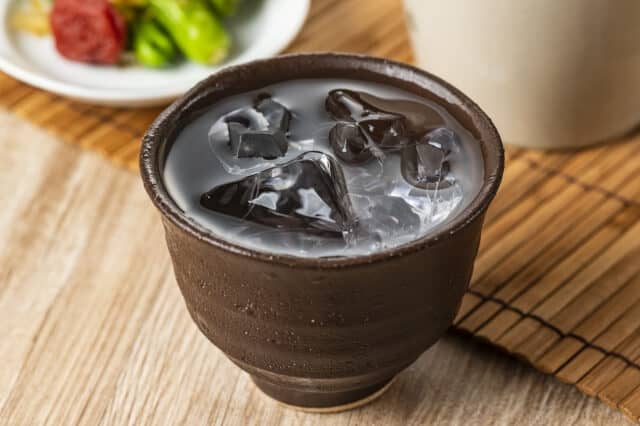
Imo shochu, also called sweet potato shochu, is a shochu made from sweet potatoes from the Kagoshima and Miyazaki prefectures. It has a unique sweetness and aroma, but the flavor and aroma can vary surprisingly depending on the variety of raw potatoes and the manufacturing method. Popular alcoholic beverages made from sweet potatoes are rare even in the world. Characterized by its soft, elegant sweetness and unique aroma. Locals often enjoyed it straight, on the rocks, or mixed with water. It has a lower alcohol content compared to some other spirits like vodka, typically ranging from around 20% to 25% alcohol by volume. The drink has gained popularity in Japan and internationally for its distinctive taste and versatility.
Imo shochu History
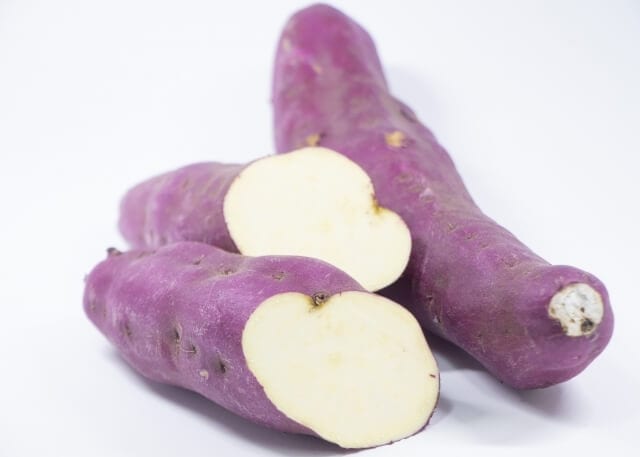
In the historical evolution of Imo Shochu in Japan, its origins trace back to ancient times, with the spirit’s introduction from China to Satsuma via the Ryukyu Kingdom. Initially made from rice, Imo Shochu’s significant transformation began in 1705 when sweet potatoes were introduced to Satsuma. Cultivation of sweet potatoes, especially on the Shirasu Plateau, flourished. By the 18th century, sweet potato Shochu production became a distinctive feature of the Satsuma domain. The method then spread to other regions like Miyakonojo, Sadowara, Obi, Takanabe, Miyakejima, and Hachijojima, creating a diverse landscape of Imo Shochu production.
In modern times during the Meiji period, sake brewing regulations were lifted in 1871, leading to a surge in private Shochu producers in Kagoshima Prefecture. However, challenges arose due to spoilage issues and the perception that potato Shochu was of lower quality than rice Shochu. In response, production restrictions were imposed in 1924, and voluntary regulations were implemented in 1954 and 1956 in Kagoshima and Miyazaki Prefectures, respectively. Despite ups and downs, Imo Shochu experienced booms in the 1970s and 2000s, with the latter characterized by a rapid increase in consumption, particularly of potato Shochu. This growth solidified its status as a prominent Japanese spirit, surpassing barley Shochu in taxable export volume by 2010.
Characteristics of Imo shochu
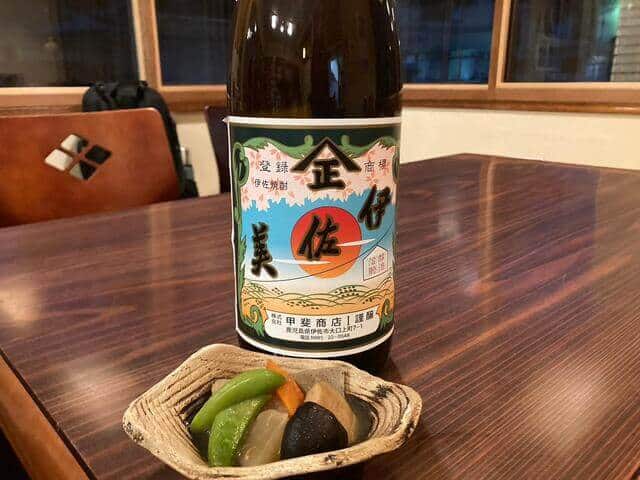
Imo Shochu is characterized by its sweet flavor. It offers a diverse taste experience influenced by factors like sweet potato variety, production area, type of koji mold, and preparation methods. The overall profile is marked by a robust sweetness, providing a mellow and rich taste. The distinct sweet potato flavor varies among different brands, offering a broad spectrum of options, from bold and intense expressions highlighting the essence of sweet potatoes to lighter, more refreshing variations with less pronounced sweet potato notes. Additionally, some brands feature fruity aromas, adding to the unique appeal of potato Shochu. This variety in taste is one of the captivating aspects of potato Shochu, allowing enthusiasts to explore and choose from a wide range of flavors.
Charms of Imo shochu

The charm of potato Shochu rests in its distinctive sweetness and aroma. Despite its sweet taste, it contains zero sugar, making it an ideal choice for those seeking sweetness while managing sugar intake. Sweet potatoes have a gentle sweetness that is different from other foods. They taste good without feeling heavy, like sugary drinks. Notably, the fragrance of potato Shochu is a standout feature. Sweet potatoes have a fruity smell. They also have scents similar to citrus, lychee, muscat, and banana. This aromatic complexity adds an extra layer of appeal to the unique charm of potato Shochu.
Types of Imo Shochu
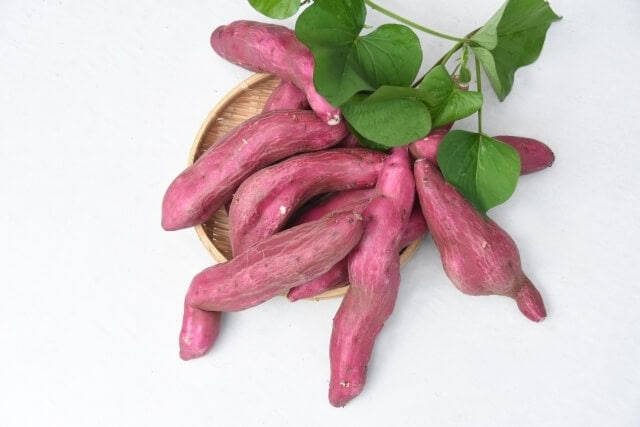
Potato Shochu draws its distinct flavors from a diverse range of sweet potatoes, with over 40 varieties influencing its taste. Kogane Sengan, Joy White, and Shiroyutaka stand out among the commonly used varieties specially cultivated for Shochu production. Kogane Sengan, in particular, holds a prominent position due to its widespread popularity, celebrated for its elegant and gentle aroma and noticeable sharp sweetness. These raw sweet potato varieties play a crucial role in shaping potato Shochu’s unique and appealing taste profile.
Popular/standard Imo Shochu
Hamada Sake Brewery Red Rabbit Horse

This sweet potato shochu is named after the famous horse “Red Hare” in the Chinese history book “Romance of the Three Kingdoms” and is said to run 1,000 miles in one day. It is characterized by using Kagoshima’s “Golden Sengan” and brewing it with soft water from Kandake Spring. You can enjoy the refreshing sharpness, fruity aroma, and mellow taste.
Taikai Sake Brewery Umi

A fruity potato shochu that is easy to drink, even for beginners. This is a brand made by “Oumi Sake Brewery,” which has a brewery on the Osumi Peninsula in Kagoshima Prefecture. It uses “Beniotome” and is brewed at “Onsen Suizutsuru.” It is made by vacuum distilling moromi obtained by fermenting yellow koji at a low temperature. It is characterized by its bright and refreshing taste.
Hamada Sake Brewery DAIYAME

This sweet potato shochu has a gorgeous aroma reminiscent of lychee. This bottle is made in the Denzoin brewery of Hamada Sake Brewery, and its name comes from the Kagoshima dialect word “Daimeme,” which means `”to heal one’s fatigue with a late drink.” Its sweet and mellow taste and sharp aftertaste can be enjoyed as a drink with meals.
Imo shochu FAQ
- What is the storage and aging process of Imo shochu?
The process of storing and aging potato Shochu plays a crucial role in refining its qualities. Initially, the distinct odor from freshly distilled Shochu is diminished through storage, ensuring a stabilized alcohol quality. While standard Shochu is usually shipped after one to three months, allowing it to age for a year or two results in a more subdued and deeper flavor, contributing to a mellower taste.
- What is the easiest way to drink sweet potato shochu, even for beginners?
Starting with water is a good idea if you are new to sweet potato shochu. We recommend refreshing brands made with white koji or vacuum distillation. If you are concerned about the unique smell of sweet potatoes, try carbonated potato shochu with a fruity aroma.
How to make Imo shochu?

Sorting and cleaning of raw potatoes
At Sanwa Sake Brewery, we mainly use Koganesengan, which can be said to be the royal sweet potato for making authentic sweet potato shochu. Golden Sengan is a sweet potato rich in starch and most suitable for making shochu.Local farmers in Kagoshima Prefecture grow the potatoes and on the Shirasu Plateau. We select them in our warehouse and carefully wash and use the undamaged, high-quality potatoes. Before the second preparation, they steamed the Kogane Sengan in a sweet potato steamer and finely crushed in a crusher.
Koji making
Sprinkle seed koji on steamed rice to make rice koji. Sanwa Shuzo’s authentic potato shochu uses white, black, and yellow koji. The koji room has a glass window, so you can watch the koji-making process outside the brewery.
Primary and secondary preparation using kame tsubo
The practice of Honkaku Imo Shochu involves the first stage of combining rice koji, water, and yeast to create the “primary moromi (sake mash),” and the alcoholic fermentation of the first stage of mash by mixing steamed and crushed Kogane Senkan and water. Next, there is a second stage of preparation to make the main mash.
Distillation
The alcohol is extracted by distilling the finished mash in a pot. At Sanwa Sake Brewery, we use a rare wooden barrel distiller (at normal pressure), one of only 10 or so in Kagoshima. The soft steam unique to cedar wood produces alcohol with a mellow taste. Yet, it creates a rich and rich flavor of sweet potato shochu. Yasuo Tsuru, the only craftsman in Japan, manufactured the wooden barrel distiller used to make Sanwa Shuzo’s sweet potato shochu. Inheriting the techniques from his predecessor, Tatsuya Tsuru, a master craftsman who won the Medal with Yellow Ribbon as a “modern master craftsman,” he takes three months to create them without any blueprints or nails.
Storage/Aging
At Sanwa Shuzo, the distilled potato shochu is aged in unglazed pots. Maturing slowly while repeatedly breathing in the jar. Thanks in part to the effect of far infrared rays, the sharp taste of freshly distilled sweet potato shochu rounded out, producing a mellow and deep sweet potato shochu.
Where to buy Imo shochu?
HAVESPI (HAVESPI 新宿店)
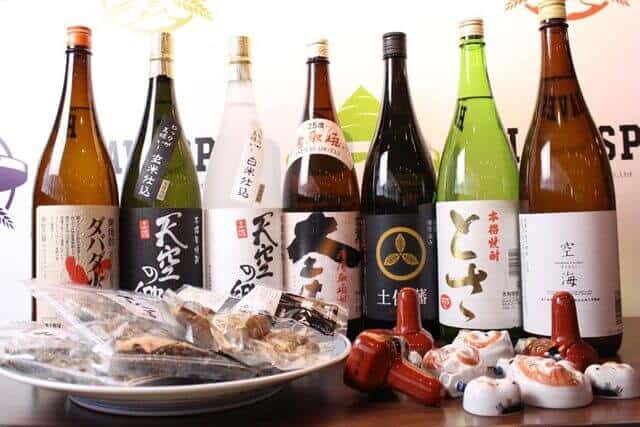
At HAVESPI in Shinjuku, you can drink 100 types of shochu from all over the country for unlimited time for just an admission fee of 3,240 yen. You can also drink lettuce, chestnuts, milk, and other types of shochu that you’ve never seen at a shop. There are so many types that you may need to know what to drink, but if you ask the staff for recommendations, they will kindly give you suggestions.
Kumamoto Izakaya Shingai (渋谷道玄坂 熊本居酒屋 新市街)

Kumamoto Izakaya Shingai serves food and alcohol from Kumamoto Prefecture, the navel of Kyushu. By the way, Shingai is a place in Kumamoto with many izakaya ( Japanese pubs). Kumamoto cuisine includes mustard lotus root, horse sashimi, and other dishes that go well with shochu.
Tokyo Shochu Bar GEN (東京焼酎&梅酒barGEN&MATERIAL)
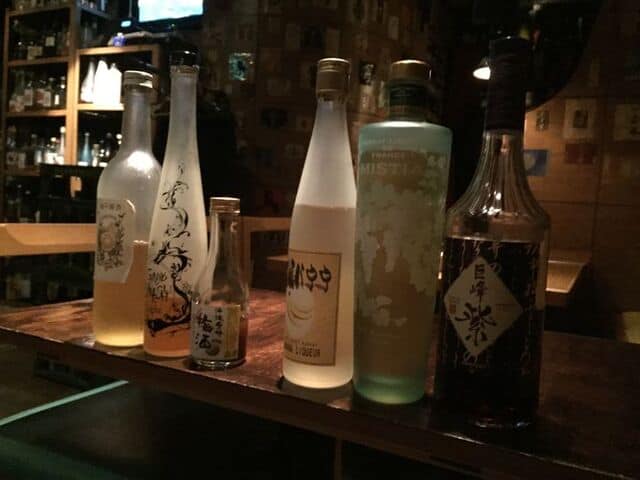
Would you like to sample and compare many types of alcohol in the relaxing space of a bar with Japan’s largest selection of shochu and plum wine? There are 5,862 types of shochu and 1,221 types of plum wine. With all of these, you might be spoiled for choice, but you’ll definitely be able to find the alcoholic beverage of your choice.
Address: Aoyama Building B1F, 2-9-10 Shibuya, Shibuya-ku, Tokyo
Phone number: 0354858316
Website: https://www.instagram.com/
For Online Shopping
For those who want to order or buy Imo Shochu in Japan, you can mail it to your home online on Rakuten. You can check out some shops that sell Imo Shochu via Rakuten by clicking below.
And for those who want to order or buy but live away from Japan. You can ship them from Rakuten by following the steps below. Rakuten offers International Shipping Service, so do not worry about how to receive your items. Rakuten Global Express is an online shopping service that allows users to shop at stores in Japan.
Sign up
First, you need a Rakuten ID. If you are already a Rakuten member, you can start using Rakuten Global Express. If you have not registered yet, click here.
Get your personal RGX address
After signing up, you will get a Japanese address: a Rakuten Global Express address.
Shop at stores in Japan
Now that you get yourself a personal RGX address (Rakuten Global Express address). You can shop online in Japan, click here to shop for Imo Shochu (not only Rakuten but other online stores are also included).
When you have decided on your items, set the delivery address to your Rakuten Global Express address.
Confirm items
After items are shipped to the RGX address, they will be packed into one package. You also receive an email upon confirming these items and payment.
Once the payment is confirmed, your package will be delivered within a designated period depending on your shipping choice.
Final Thoughts
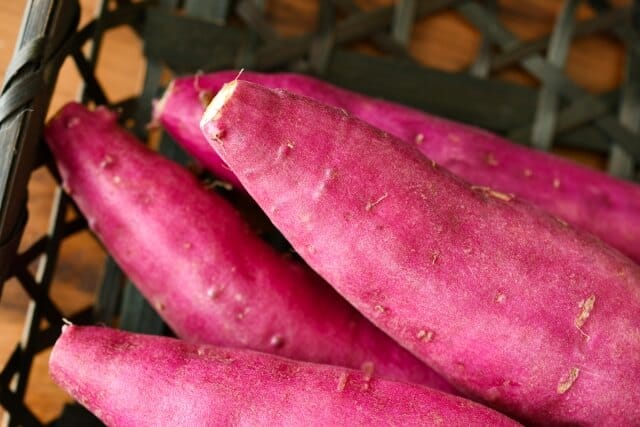
In conclusion, Imo Shochu is a testament to Japan’s cultural heritage. It combines tradition and innovation to create a spirit that represents its origins. Imo Shochu’s journey demonstrates the power and adaptability of Japanese craftsmanship. It began in Satsuma and continues to thrive with modern advancements and accomplishments. Enthusiasts can enjoy the diverse flavors of sweet potatoes. These flavors enhanced through careful production methods. When you explore Imo Shochu, may you find its delightful taste and appreciate its rich history and craftsmanship.
You can check some Japanese drinks that we know you would like to try too.
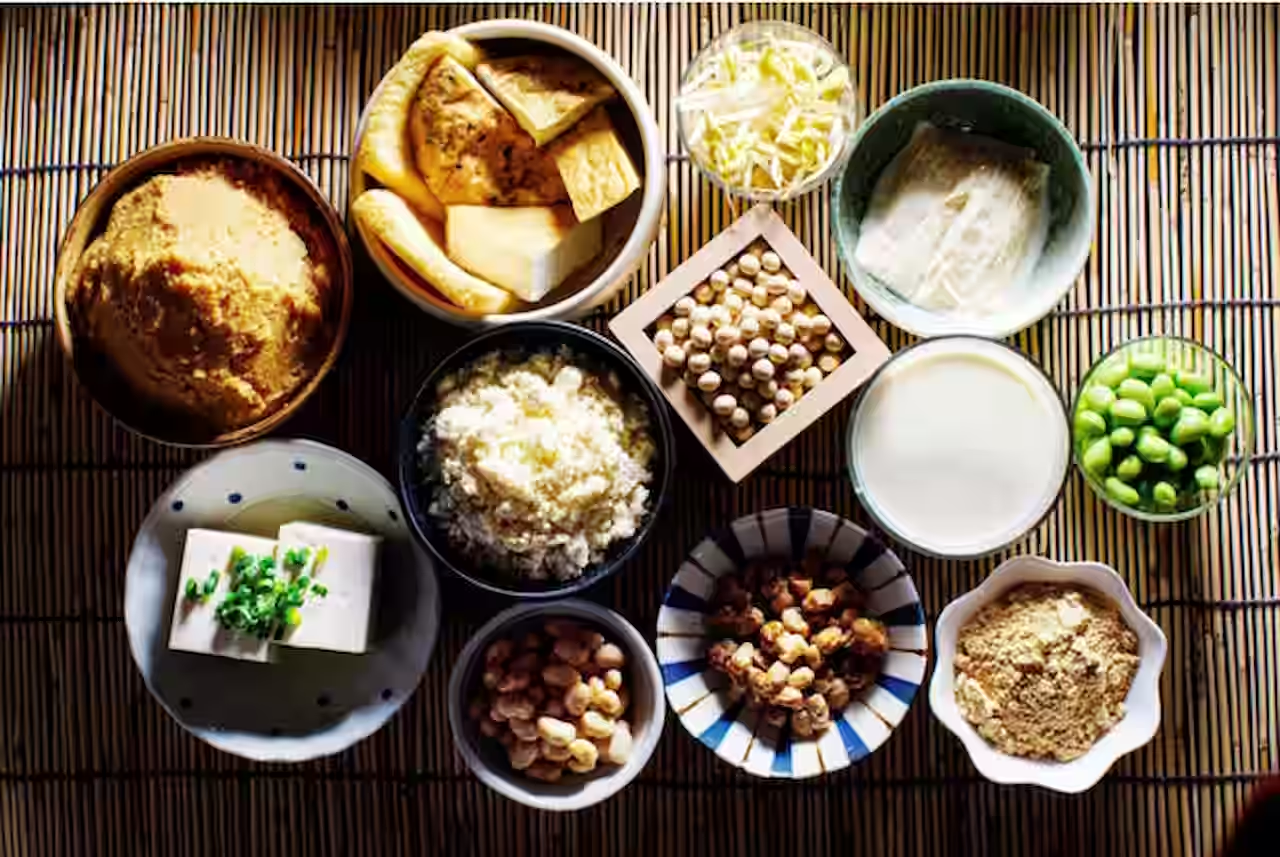





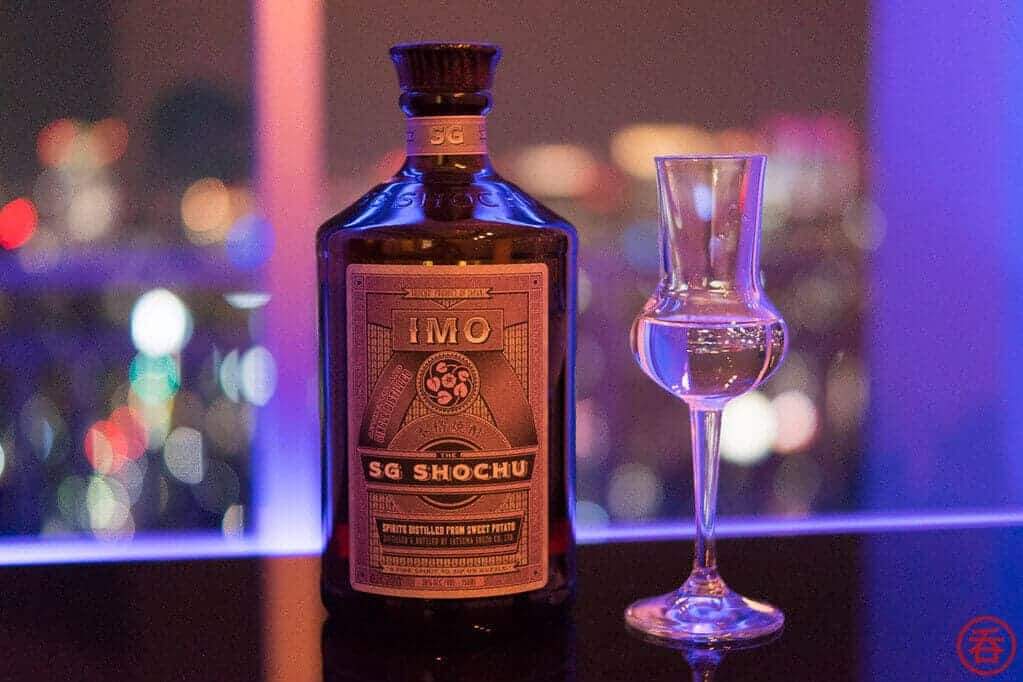
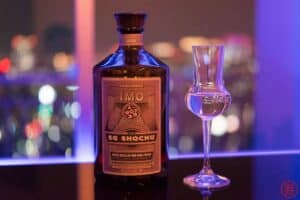

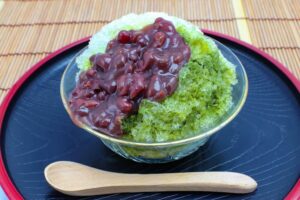
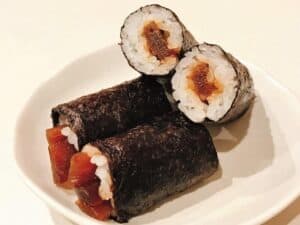

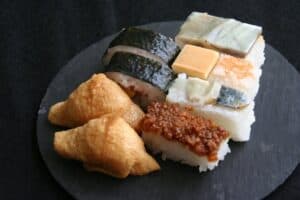
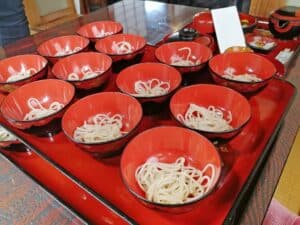

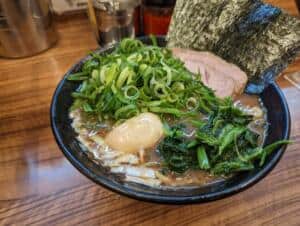
Comments